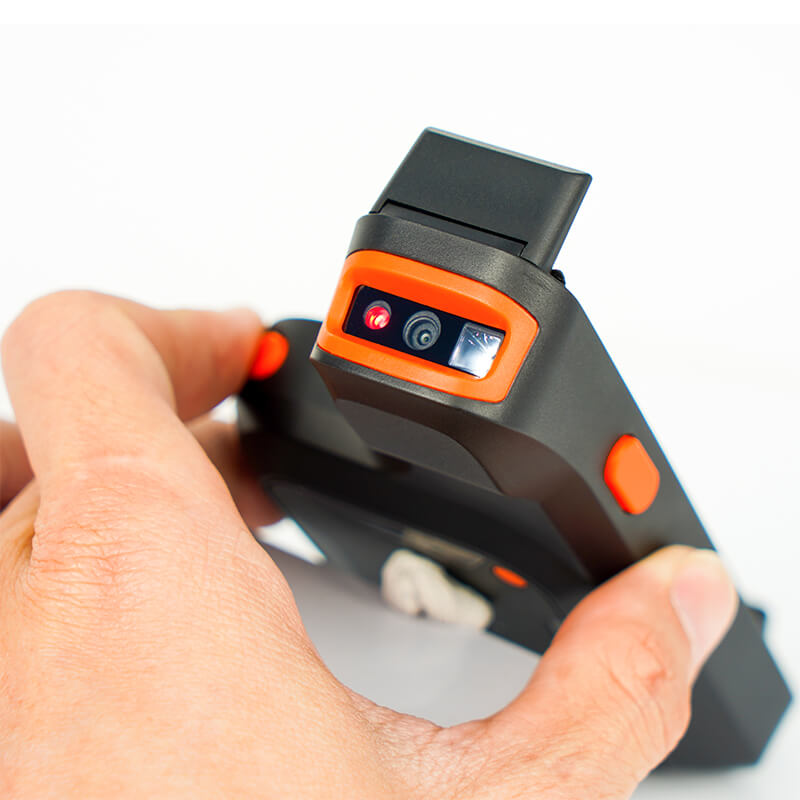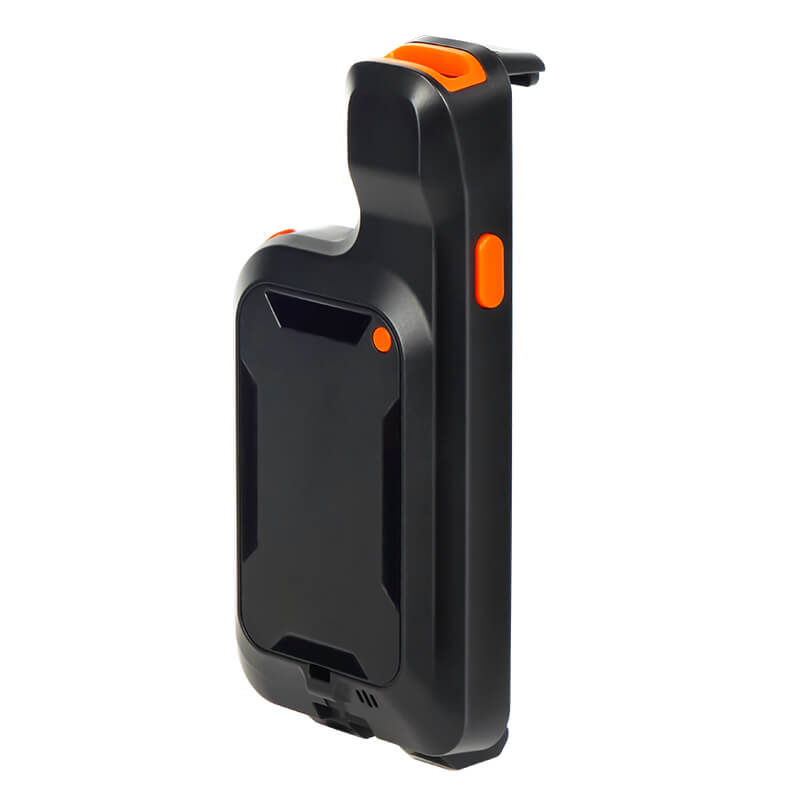In today's fast-paced business environment, efficient inventory management is crucial for success. Portable barcode scanners have developed as critical instruments for streamlining inventory processes, improving accuracy, and lowering operating costs. By automating data capture, these devices allow businesses to manage their inventory more effectively, ensuring that products are tracked accurately from receipt to sale.
Understanding Barcode Scanners
What is a Barcode Scanner?
A barcode scanner reads information contained in barcodes, which are visual representations of data made up of black bars and white spaces. These scanners emit light onto the barcode, capturing the reflected light patterns, which are then converted into digital signals and decoded to retrieve information such as product details or inventory numbers.
Types of Barcode Scanners
Handheld Scanners: Portable and versatile, these are commonly used in retail and warehouse settings.
Fixed-Mount Scanners: Installed at checkout counters or production lines, these scanners automate the scanning process.
Mobile Scanners: These devices combine barcode scanning with mobile computing, ideal for on-the-go inventory management.
Smartphone Scanners: Utilizing smartphone cameras and apps, these scanners offer a cost-effective solution for small businesses.

How Barcode Scanners Work
Barcode scanners operate by illuminating a barcode with a light source. The black bars absorb light, while the white spaces reflect it, creating a pattern that the scanner detects. This pattern is converted into a digital signal, which is then decoded to access relevant data in a database.
Applications Across Industries
Barcode scanners are utilized in various sectors, including:
Retail: Streamlining checkout processes and managing inventory levels.
Warehousing: Tracking stock movements and optimizing storage space.
Healthcare: Ensuring accurate medication administration and patient identification.
Manufacturing: Monitoring production lines and managing parts inventory.
Benefits of Portable Barcode Scanners
Increased Efficiency: Barcode scanning is far faster than human data entry, enabling for more efficient inventory checks and supply management.
Enhanced Accuracy: Reducing human error in data entry leads to more reliable inventory records.
Cost-Effectiveness: Implementing a barcode system can lower operational costs by minimizing labor and error-related expenses.
Real-Time Data Access: Portable scanners provide immediate access to inventory data, facilitating better decision-making.

Portable Bluetooth Barcode Scanner
Limitations of Portable Barcode Scanners
Initial Investment: The cost of purchasing scanners and implementing the necessary software can be a barrier for small businesses.
Training Requirements: Employees may need training to effectively use barcode scanning systems, which can temporarily disrupt operations.
Dependence on Technology: Technical issues or system failures can halt inventory processes, emphasizing the need for reliable equipment and support.
Emerging Trends in Barcode Technology
Integration with IoT: The Internet of Things (IoT) is enhancing barcode scanning capabilities, allowing for smarter inventory management systems that provide real-time analytics.
Mobile Scanning Solutions: The rise of mobile apps has made barcode scanning more accessible, enabling businesses to utilize existing devices for inventory management.
Advanced Barcode Formats: Newer formats like QR codes and Data Matrix codes allow for more data storage and are increasingly used in various applications.

Bluetooth Portable Barcode Scanner
Practical Tips for Implementing Barcode Scanners
Choose the Right Scanner: Determine your exact requirements, such as scan speed, durability, and compatibility with existing equipment.
Train Staff Effectively: Provide comprehensive training to ensure all employees can use the scanners efficiently.
Regularly Update Software: Keep inventory management software up-to-date to leverage new features and security enhancements.
Conclusion
Portable barcode scanners are revolutionizing inventory management by improving efficiency, accuracy, and cost-effectiveness. As technology advances, firms that use these tools will be better positioned to streamline processes and maintain a competitive advantage in the market.

